-
 ExperimentWe’ve been doing it for 10 years already: connecting two humans so that one uses their own brain signals to control the other one’s limb. But how about hooking up two limbs of a single human so that one limb can control the other? This is exactly what Gianni Garulli, a hardware and firmware developer […]
ExperimentWe’ve been doing it for 10 years already: connecting two humans so that one uses their own brain signals to control the other one’s limb. But how about hooking up two limbs of a single human so that one limb can control the other? This is exactly what Gianni Garulli, a hardware and firmware developer […] -
 Education— Written by Carla Contreras Mena — Hello, I’m Carla Contreras Mena, a student of Biochemistry at the University of Santiago of Chile (which we locally call Usach). I currently work in a Neuroscience Laboratory with professor Dr. Patricio Rojas, where we are investigating the neurophysiological difference of electrical activity in the mouse hippocampus between […]
Education— Written by Carla Contreras Mena — Hello, I’m Carla Contreras Mena, a student of Biochemistry at the University of Santiago of Chile (which we locally call Usach). I currently work in a Neuroscience Laboratory with professor Dr. Patricio Rojas, where we are investigating the neurophysiological difference of electrical activity in the mouse hippocampus between […] -
 Education[Updated February 2024] There’s one thing that beats inspiring kids to take up neuroscience: Watching them not only catch the spark but pass it along! High schooler Supriya Nair is our case in point. Through scientific outreach using our SpikerBox, she has already ignited the interest of hundreds of her peers who got to see […]
Education[Updated February 2024] There’s one thing that beats inspiring kids to take up neuroscience: Watching them not only catch the spark but pass it along! High schooler Supriya Nair is our case in point. Through scientific outreach using our SpikerBox, she has already ignited the interest of hundreds of her peers who got to see […] -
 BYB Neuroscience NewsThe concept has been around for over a decade: Robotic cockroaches toting Bluetooth-powered backpacks that can make them move where you need them to move. As creators of our own cyborg roach, we’ve also had a say in it. Which makes us all the happier to observe that the idea has caught on and is […]
BYB Neuroscience NewsThe concept has been around for over a decade: Robotic cockroaches toting Bluetooth-powered backpacks that can make them move where you need them to move. As creators of our own cyborg roach, we’ve also had a say in it. Which makes us all the happier to observe that the idea has caught on and is […] -
 OutreachSecond week of March is always a special time of year for brain buffs. That is when educators from around the world join in for neuroscience outreach in schools and local communities! Money’s always scarce, but your organization doesn’t have to tap into its own funds. If you write up and submit a proposal within […]
OutreachSecond week of March is always a special time of year for brain buffs. That is when educators from around the world join in for neuroscience outreach in schools and local communities! Money’s always scarce, but your organization doesn’t have to tap into its own funds. If you write up and submit a proposal within […] -
 AI Edited“How bad does it hurt?” It’s not for nothing that doctors usually struggle to ascertain our level of pain. It depends not only on how bad we report it to be, but also on the amount of pain we think we feel. But are there reasons behind it that would begin to decipher our (in)ability […]
AI Edited“How bad does it hurt?” It’s not for nothing that doctors usually struggle to ascertain our level of pain. It depends not only on how bad we report it to be, but also on the amount of pain we think we feel. But are there reasons behind it that would begin to decipher our (in)ability […] -
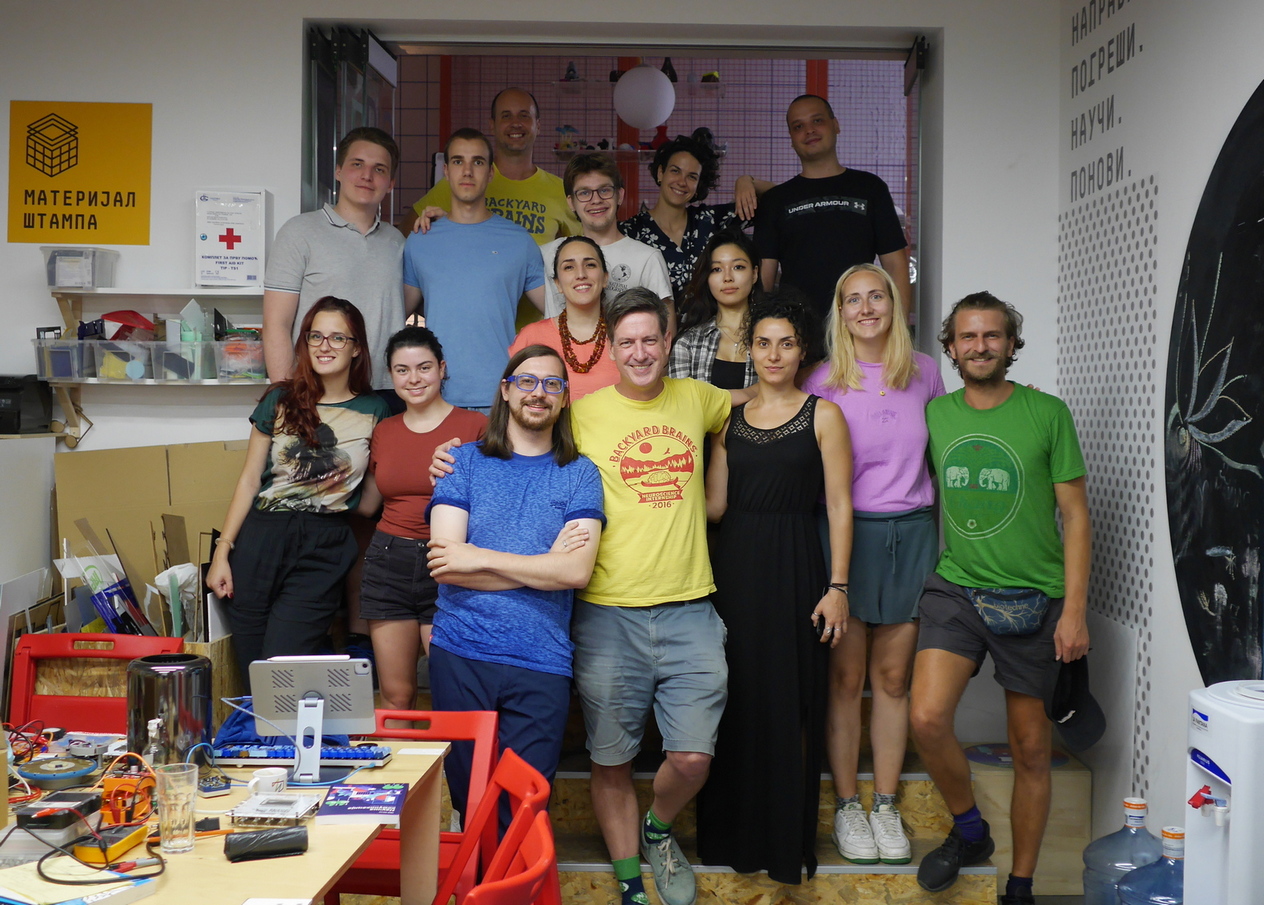 FellowshipOver a dozen busy bees, 5 research projects, 4 hot weeks of July, countless data, iterations and coffee cups, one book of experiments to soak it all up and present to the wider audience — and the Backyard Brains 2023 US-Serbian Summer Research Fellowship rounds off. The result will hit the shelves this fall, with […]
FellowshipOver a dozen busy bees, 5 research projects, 4 hot weeks of July, countless data, iterations and coffee cups, one book of experiments to soak it all up and present to the wider audience — and the Backyard Brains 2023 US-Serbian Summer Research Fellowship rounds off. The result will hit the shelves this fall, with […] -
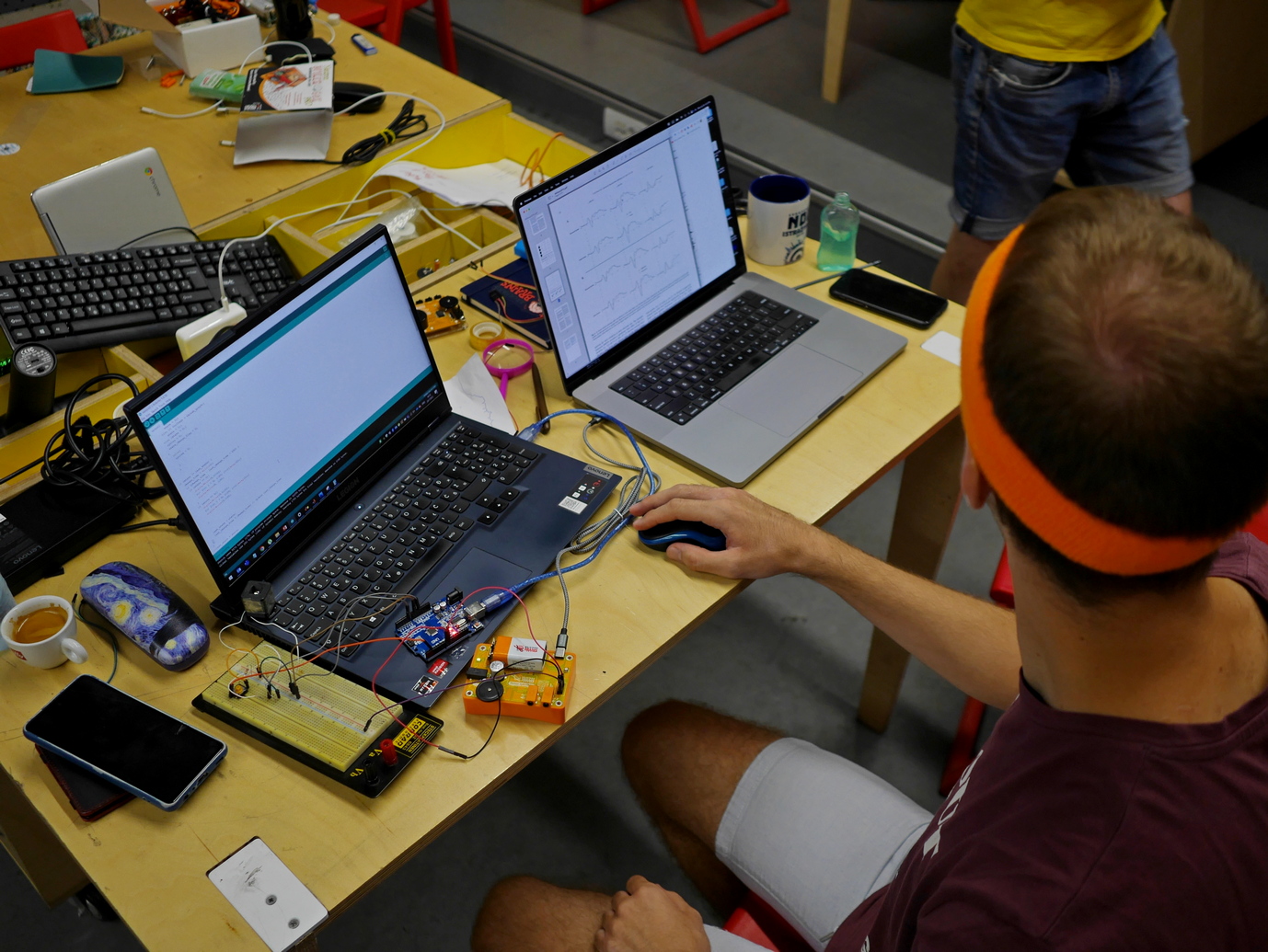 Fellowship— Written by Petar Damjanovic — If I were to show you a photo of a Rolex watch and a face of an unknown person, you’d probably be more interested in the prestigious, shiny object than the random stranger, right? However — and this may come as a surprise — your brain is much more […]
Fellowship— Written by Petar Damjanovic — If I were to show you a photo of a Rolex watch and a face of an unknown person, you’d probably be more interested in the prestigious, shiny object than the random stranger, right? However — and this may come as a surprise — your brain is much more […] -
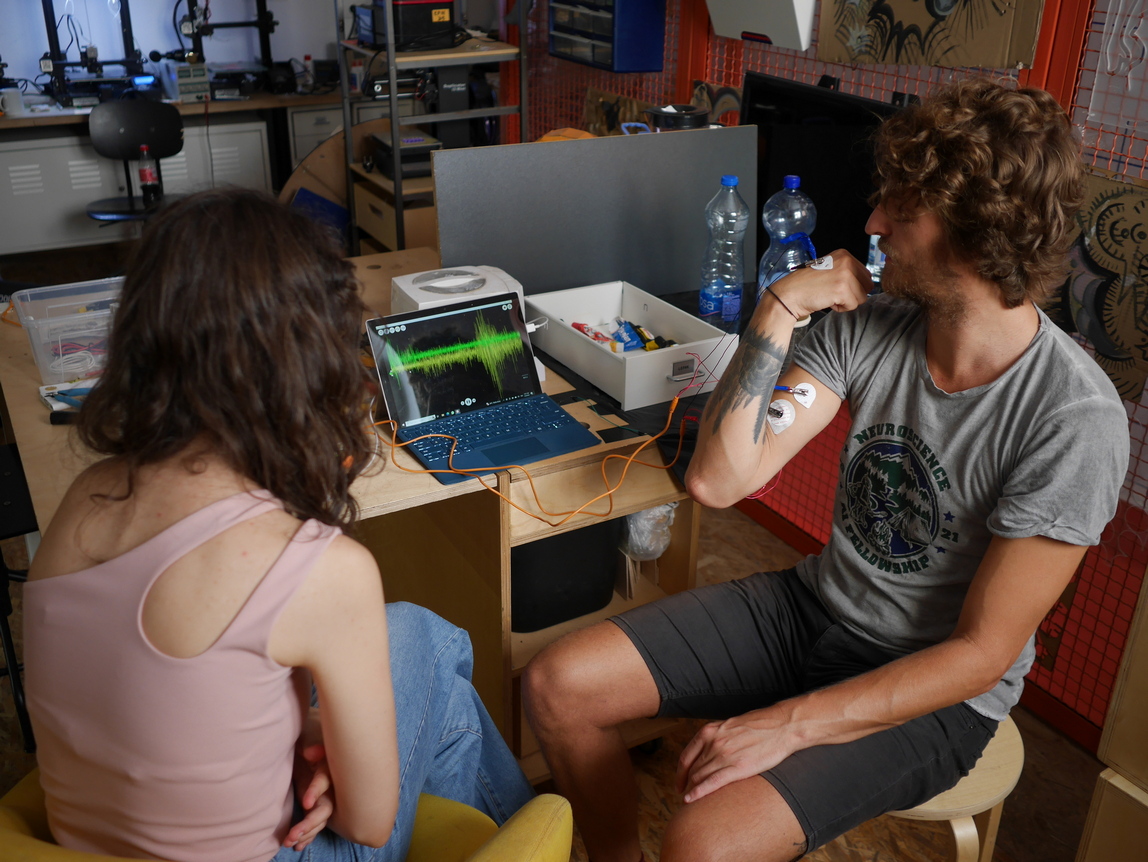 Fellowship— Written by Milica Manojlovic — Aaaand the results are in! So, just a quick recap – we were hoping to get as much data on the way we process the Pinocchio illusion by measuring different behavioral outcomes as well as the EMG in three timepoints. As far as the behavioral measures are concerned, we […]
Fellowship— Written by Milica Manojlovic — Aaaand the results are in! So, just a quick recap – we were hoping to get as much data on the way we process the Pinocchio illusion by measuring different behavioral outcomes as well as the EMG in three timepoints. As far as the behavioral measures are concerned, we […] -
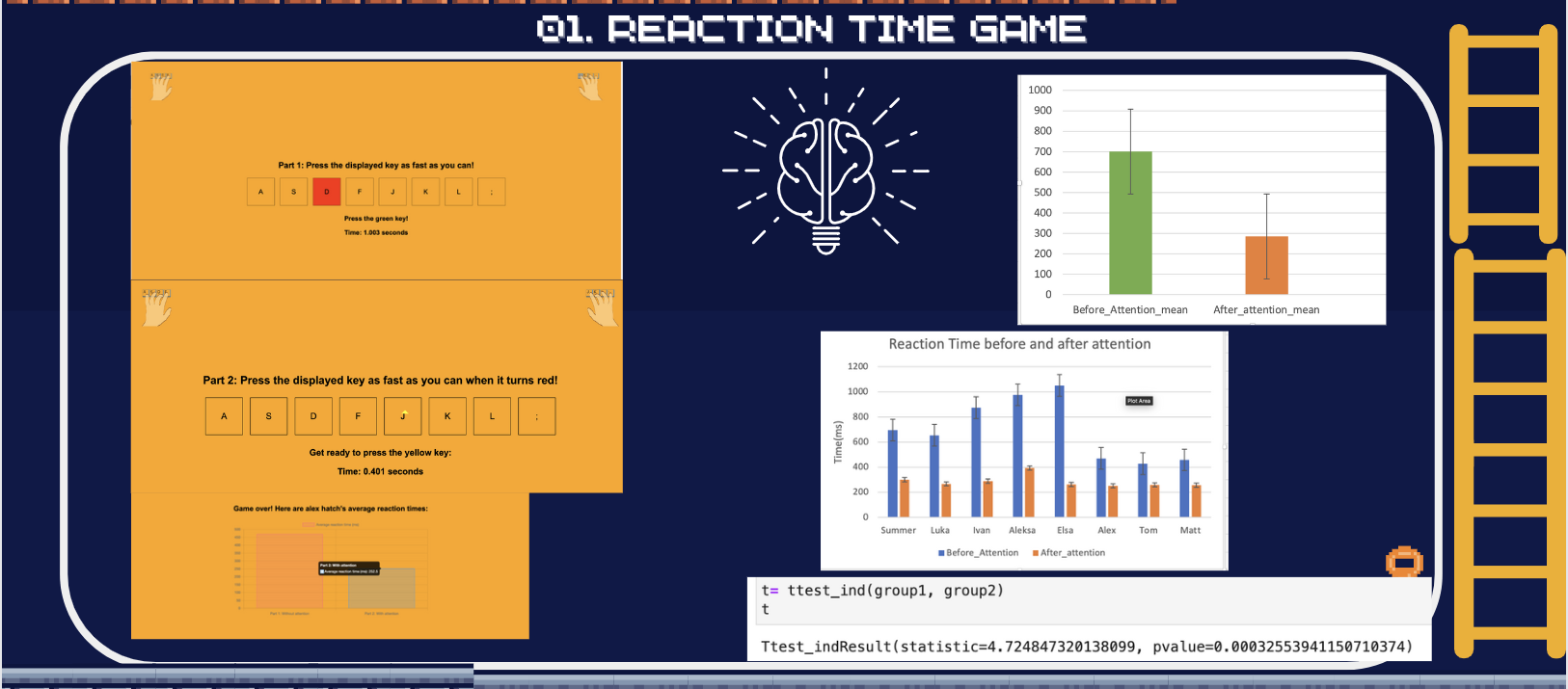 Fellowship— Written by Summer Eunhyung Ann — When we think about science and technology, we often think about something intricate and sophisticated to comprehend, such as genetic engineering or aerospace astrophysical technology. However, science and technology are a pivotal part of our mundane life. From us turning off the lights and going to bed at […]
Fellowship— Written by Summer Eunhyung Ann — When we think about science and technology, we often think about something intricate and sophisticated to comprehend, such as genetic engineering or aerospace astrophysical technology. However, science and technology are a pivotal part of our mundane life. From us turning off the lights and going to bed at […] -
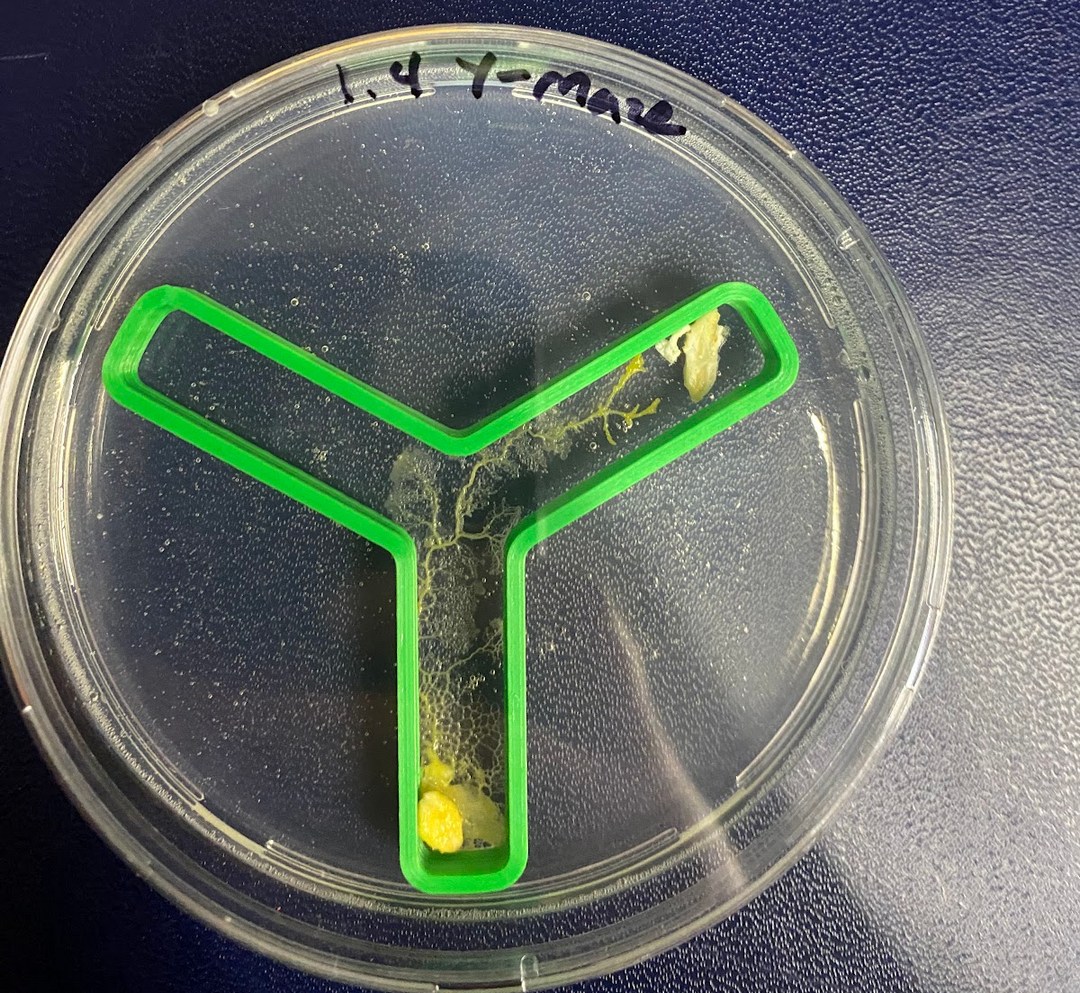 Experiment— Written by Amanda Putti & Milica Milosevic — Well we made it! We’re at the final week of the BYB Fellowship! We faced many challenges throughout this project and had to pivot in order to get results, but we are happy where it ended. To give updates on our progress, let’s first start where […]
Experiment— Written by Amanda Putti & Milica Milosevic — Well we made it! We’re at the final week of the BYB Fellowship! We faced many challenges throughout this project and had to pivot in order to get results, but we are happy where it ended. To give updates on our progress, let’s first start where […] -
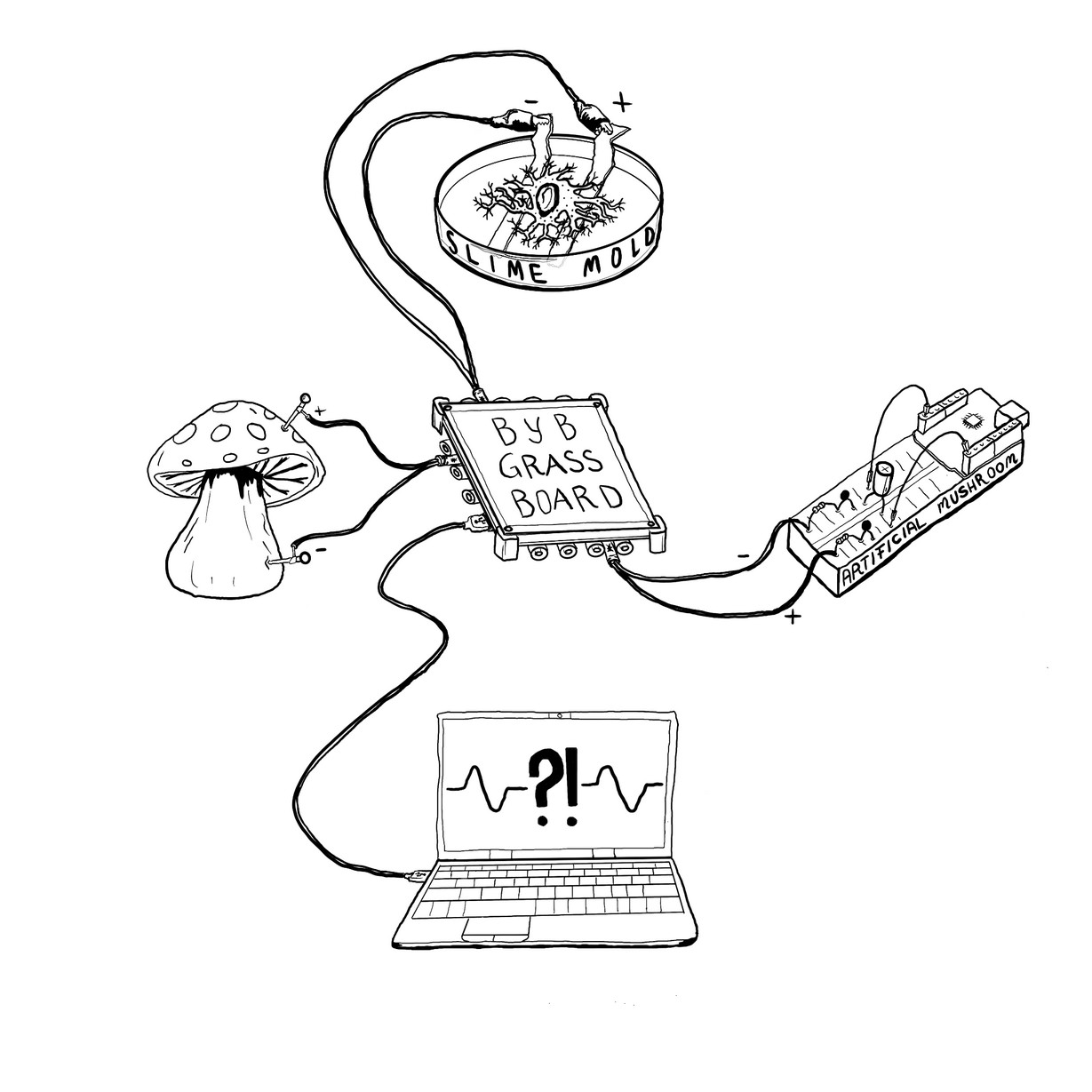 Fellowship— Written by Luka Caric, Elsa Fedrigolli & Tom DesRosiers — Prepare yourselves for another round of mushroom-tastic journey as we delve into the captivating world of electrical potentials in mushrooms. Join us as we unfold the shocking truths, sprinkle in some mushroom humor, and discover the electrifying mysteries hidden within these fantastic fungi! In […]
Fellowship— Written by Luka Caric, Elsa Fedrigolli & Tom DesRosiers — Prepare yourselves for another round of mushroom-tastic journey as we delve into the captivating world of electrical potentials in mushrooms. Join us as we unfold the shocking truths, sprinkle in some mushroom humor, and discover the electrifying mysteries hidden within these fantastic fungi! In […]